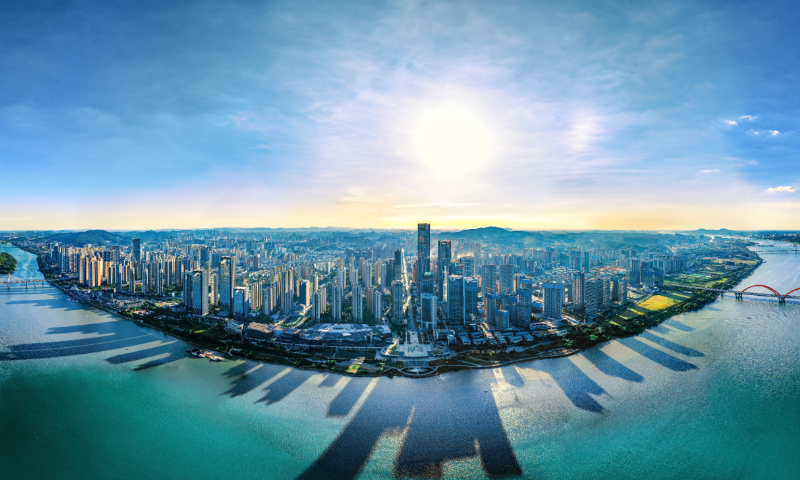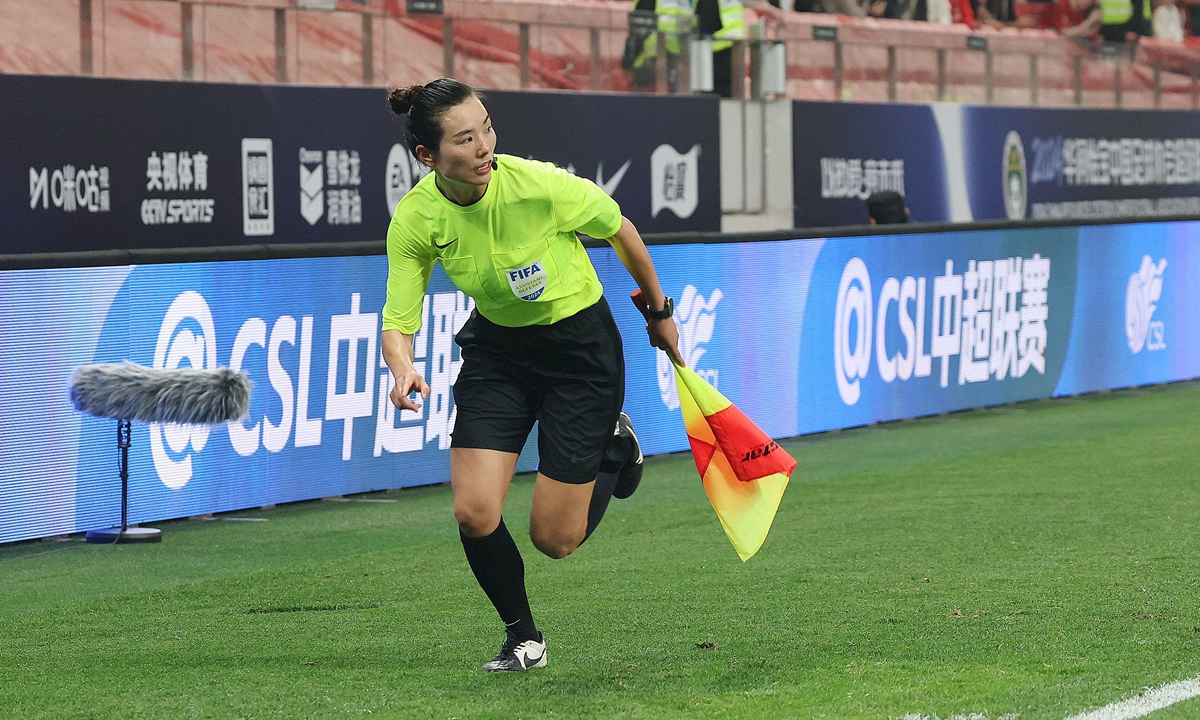
A protester holds a sign to protest against the continued presence of US troops in the Philippines in front of the US Embassy in Manila on July 4 2023. Photo: VCG
Editor’s Note:
As China-Philippines tensions heat up, what insights can be drawn from past periods of friendly ties? Bobby M. Tuazon
(Tuazon), director for Policy Studies of Philippine think tank Center for People Empowerment in Governance, former Chairman of Political Science Program at University of the Philippines, told Global Times
(GT) reporter Li Aixin that 99 percent of Filipinos forget that China exported oil and rice to the Philippines at a very low price at the beginning of their diplomatic relationship when the Philippines’ development faced huge challenges. While the US gives bullets, powder, cannons and missiles to the Philippines, it has nothing to give in terms of food.
GT: What concerns you most about South China Sea tensions between China and the Philippines heating up?
Tuazon: The tensions in the South China Sea are supposed to be between China and the Philippines. But now they also involve a third country, the US. Such interference will only exacerbate and complicate the tensions. Let China and the Philippines solve their own maritime disputes. There is supposed to be a bilateral dialogue mechanism which was established by the two countries in 2017. Yet the current government, headed by President Ferdinand Marcos Jr., is not [properly] using that bilateral dialogue mechanism.
In 2017, China and the Philippines confirmed the establishment of a biannual bilateral consultation mechanism on the South China Sea. Under President Marcos Jr., however, the mechanism has lost its value owing to his strong tendency to use defense alliance with the US in dealing with China at the expense of diplomacy.
GT: As former President Duterte has suggested, the Philippines does not have a quarrel with China. If quarrel comes, it would come because of the Americans.
Tuazon: Former president Duterte is right. He emphatically said that the Americans will not die for Filipinos, if, hypothetically speaking, an armed conflict erupts between China and the Philippines. He believes the Americans prioritize their own national interests, which is now preserving US global hegemony, including in Southeast Asia. Duterte means that if such a conflict arises, the US will leave the Philippines alone, despite existing treaties agreed upon between the two countries.
GT: In a recent op-ed, you wrote that “diplomacy has either been lost or failed under President Marcos Jr. allowing the military to gain ascendance in bilateral relations with China.” Could you elaborate on this view?
Tuazon: Diplomacy is lost and compromised if the military approach, underscored by the assertion of defense alliance between the US and the Philippines, prevails. This was reiterated in Marcos Jr’ first meeting with US President Joe Biden in September 2022, where Biden assured the Philippine president of “ironclad commitment” to the defense of the Philippines. Since 2022, agreements, verbal or written, between the two presidents have been clearly directed against China.
Biden is fortunate to have Marcos Jr. as his tool or stooge in fighting a potential proxy war between China and the Philippines, which the Philippines will lose if that ever happens. But the US will be happy. The US does not want any war with China, it prefers a proxy war that involves the Philippines. This is dangerous. Many Filipinos are not aware that their country is being sold out by the president or it has become a subject of security transaction with the US.
GT: According to your understanding, how do most of Philippine people feel about the ongoing tensions in the South China Sea?
Tuazon: There have been opinion surveys in the past, with the number of responses ranging from about 1,000 to 1,500. Respondents were asked about their views on the ongoing tension between China and the Philippines and if they believe that China has a right to claim the South China Sea. Unfortunately, these surveys were not scientific as they were conducted among Filipinos who were not well-informed about the issue. The responses were not enlightened or based on accurate information.
GT: There is an anti-proxy-war movement in the Philippines. How strong is this campaign?
Tuazon: I cannot quantitatively discuss the quality or power of the voice from the anti-war movement here in the Philippines. The anti-war movement in the Philippines has a long historical root. This movement was complemented by the anti-bases movement in the Philippines since the 1970s when the US maintained major air force and naval bases in the Philippines under the Military Bases Agreement of 1947. Even today, the US still maintains many facilities, using Philippine Armed Forces bases, which have been converted into the Enhanced Defense Cooperation Agreement (EDCA) between the two countries. Under Marcos Jr., the number of bases expanded to nine from just five in 2014, with the new sites proximate to the Taiwan Straits. The US is pushing Taiwan [Island] to make war with China, as it would involve US intervention, despite the fact that such action violates the 1972 Shanghai Communique between China and the US where the latter acknowledged that Taiwan is a part of China.
Philippine people’s sentiment toward the military bases is similar to that in the surveys where many Filipinos believe that those bases are a clear indication of American support to the Philippines’ claim against China over the South China Sea disputes.
So again, that opinion or sentiment is a mirage. It does not spell out the accuracy of the facts on the ground. This is a move to instigate a proxy war between China and the Philippines.
GT: What are the positive aspects for the Philippines to have a better relationship with China?
Tuazon: I’d like to answer that in two points.
First, the Philippine government, whether it’s led by Marcos Jr. or his successor, should utilize the bilateral consultation mechanism established in 2017.
Second, the Marcos Jr. government should recognize the fact that China is most friendly to the Philippines. Until today, and over the past eight years, China has been the Philippines’ largest trading partner, importing a lot from the Philippines, like durian and bananas. Whenever I’m in China, I can always find bananas from the Philippines. That should make the relationship constructive and productive. The two countries should utilize the positive things and allow diplomacy to play its role in resolving disputes effectively.
GT: What do you think is the key to unlock the current tensions in the South China Sea?
Tuazon: I am concerned whether a resolution, short-term or long-term, can be found, for three reasons. One is Marcos Jr. himself, who is a strong hardcore ally of the US. Two, I am concerned with the fact that the Armed Forces of the Philippines, together with the Department of National Defense, are actually instruments of the US due to the historical ties between the two armed forces. I would call the Armed Forces of the Philippines some kind of a surrogate army of the US. It has been a very strong institution in Philippine politics since the 1970s because all presidents that I know of took care of the military by giving them large budgets, making sure that their connections with the US continue. If the presidents do not maintain that, harm may fall on them.
The third reason is that the president can do nothing but support strong Philippine military and US military ties. One of the so-called enticements for this kind of relationship is accepting old ships and old destroyers “donated” by the US that it no longer uses. These are given as “gifts” to the Philippine military, the Philippine Navy and the Philippine Coast Guard. Many Philippine junior officers are given scholarships to train, conduct special training in some US military headquarters, and this is done annually. Another form of training is the yearly joint military exercises between the two forces, which is called “Balikatan” or “shoulder to shoulder.”
I believe the Chinese authorities or the Chinese government should be aware of something. There is no permanent foreign policy in the Philippines, there is no continuity. An example of this is that during the time of the former president, Gloria Macapagal-Arroyo, there was a friendly relationship between the two countries, especially in trade and economic relations. Every six years, the Philippines holds presidential elections. The next one will be in 2028 when Marcos Jr’s term ends. Rumors suggest that the daughter of the former president Duterte may run for the next presidency. Blood is thicker than water. Who knows? She may restore friendly relations with China for another six years.
GT: What experience could the two countries draw from previous friendly periods?
Tuazon: Many Filipinos, I would say 99 percent, forget that at the beginning of diplomatic relations between China and the Philippines, China was exporting oil and rice to the Philippines at a very low price. This happened during an oil crisis and poor agricultural production in the Philippines.
It’s good that trade relations between the Philippines and China remain normal, serving as a factor to balance the present government’s aggressive foreign policy toward China. It’s sad and ironic to note that while the US gives bullets, powder, cannons and missiles to the Philippines, it has nothing to give in terms of food. Food security in the Philippines is always in danger.
There is a climate crisis. And there are positive things that Marcos Jr. should learn. Instead of learning how to shoot and how to fire, his government should learn from the Chinese government’s approach to fighting climate crisis by developing alternative sources of energy like solar and wind energy, as well as undertaking massive replanting of trees. In China, you can see new trees mushrooming all over the country, which is very inspiring.
GT: Under the current political atmosphere in the Philippines, are you concerned about being labeled pro-China when telling the truth?
Tuazon: As an academic and scholar, I make sure that whatever papers I write are based on objective and rigorous research and analysis. Many Filipinos and foreign scholars share my view – whatever claims the US proffers should be dissected and blatant lies bared. Their underlying motives should be exposed – in the case of the South China Sea and their support for Marcos Jr., their underlying aim is to preserve their regional and global hegemony. Historical facts show that this former colonial master in the Philippines maintains, for instance, their military bases mainly to defend American security interests over and above those of the Philippines.
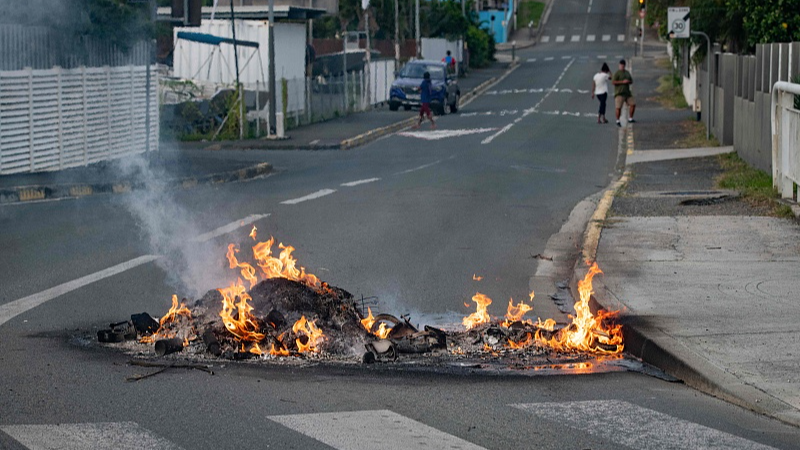 A fire in the street after a supermarket was looted and shops vandalized in the N’Gea district of Noumea, May 14, 2024. /CFP
A fire in the street after a supermarket was looted and shops vandalized in the N’Gea district of Noumea, May 14, 2024. /CFP 

 Macaque brain networks. /Chinese Academy of Sciences’ Institute of Automation
Macaque brain networks. /Chinese Academy of Sciences’ Institute of Automation 
 Women use scarves to shield themselves from the sun on a hot day in Hyderabad, India, May 2, 2024. /CFP
Women use scarves to shield themselves from the sun on a hot day in Hyderabad, India, May 2, 2024. /CFP 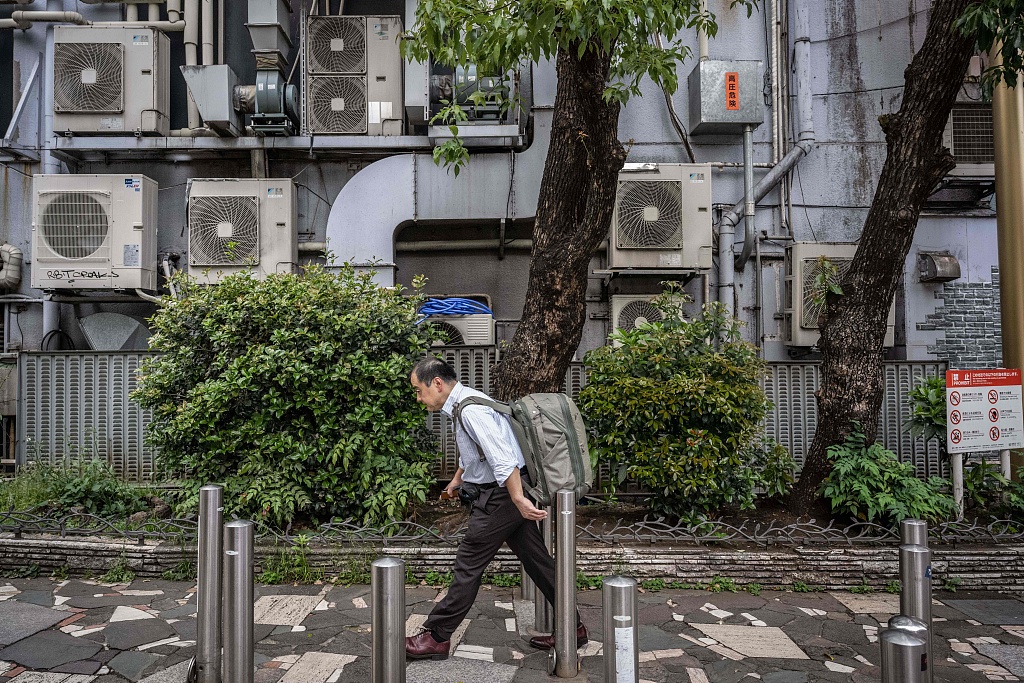 A man walking past air conditioning units on a building in Tokyo, Japan, April 30, 2024. /CFP
A man walking past air conditioning units on a building in Tokyo, Japan, April 30, 2024. /CFP  A small-clawed otters seen feeding on frozen fish to help it cool down from the heat at Chiang Mai Zoo, April 29, 2024. /CFP
A small-clawed otters seen feeding on frozen fish to help it cool down from the heat at Chiang Mai Zoo, April 29, 2024. /CFP  A construction worker at a road construction site in San Miguel, Bulacan province, the Philippines, May 2, 2024. /CFP
A construction worker at a road construction site in San Miguel, Bulacan province, the Philippines, May 2, 2024. /CFP 
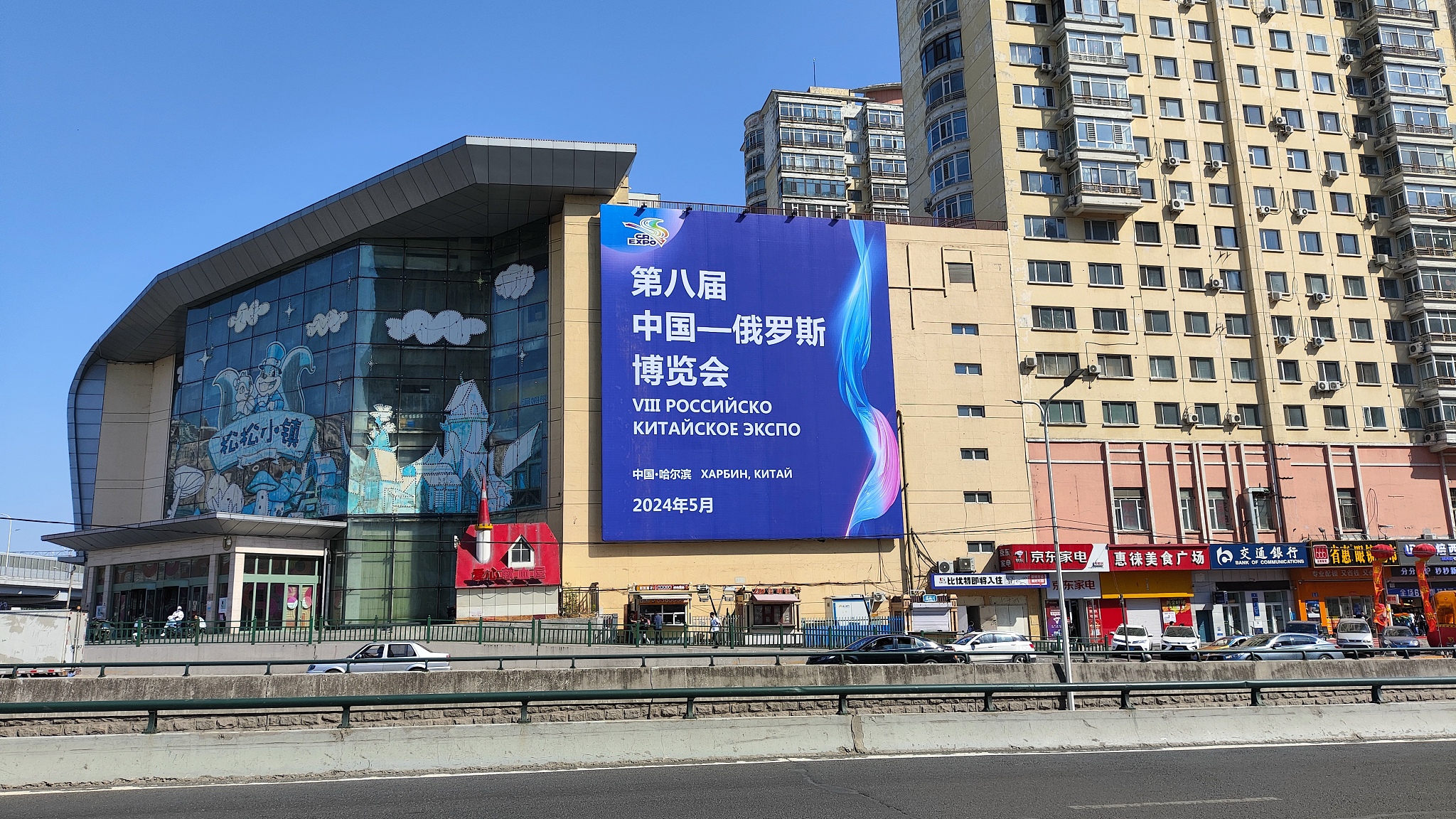 A poster of the eighth China-Russia Expo in Harbin, northeast China’s Heilongjiang Province, May 8, 2024. /CFP
A poster of the eighth China-Russia Expo in Harbin, northeast China’s Heilongjiang Province, May 8, 2024. /CFP 
 A snow leopard is spotted at the Sanjiangyuan National Park in Qinghai. /CFP
A snow leopard is spotted at the Sanjiangyuan National Park in Qinghai. /CFP  Black-necked cranes are seen at the Sanjiangyuan National Park in Qinghai. /CFP
Black-necked cranes are seen at the Sanjiangyuan National Park in Qinghai. /CFP  A bharal mother and her kid are seen at the Sanjiangyuan National Park in Qinghai. /CFP
A bharal mother and her kid are seen at the Sanjiangyuan National Park in Qinghai. /CFP  A Siberian tiger is spotted at the Land of the Leopard National Park in Russia. /IC
A Siberian tiger is spotted at the Land of the Leopard National Park in Russia. /IC  A pheasant is seen at the Leopard National Park in Russia. /IC
A pheasant is seen at the Leopard National Park in Russia. /IC  A roe deer is seen at the Leopard National Park in Russia. /IC
A roe deer is seen at the Leopard National Park in Russia. /IC 
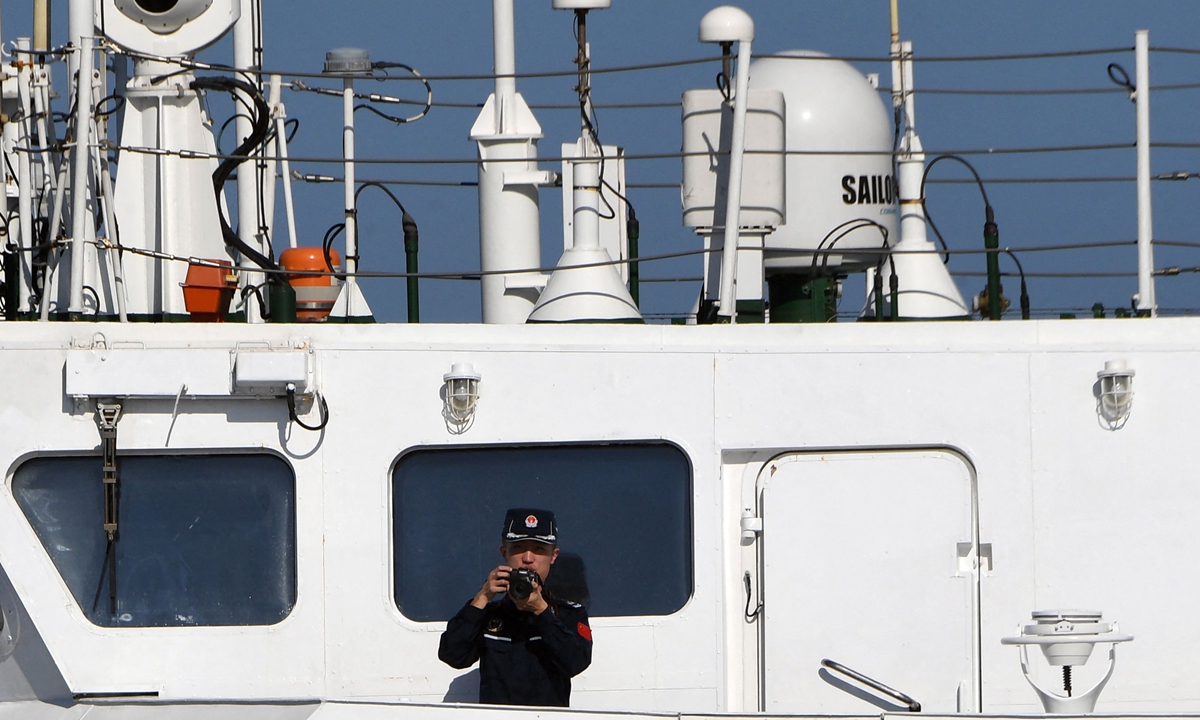 The China Coast Guard takes photos of a Philippine vessel illegally intruding into waters adjacent to China’s Huangyan Dao, February 15, 2024. /VCG
The China Coast Guard takes photos of a Philippine vessel illegally intruding into waters adjacent to China’s Huangyan Dao, February 15, 2024. /VCG 
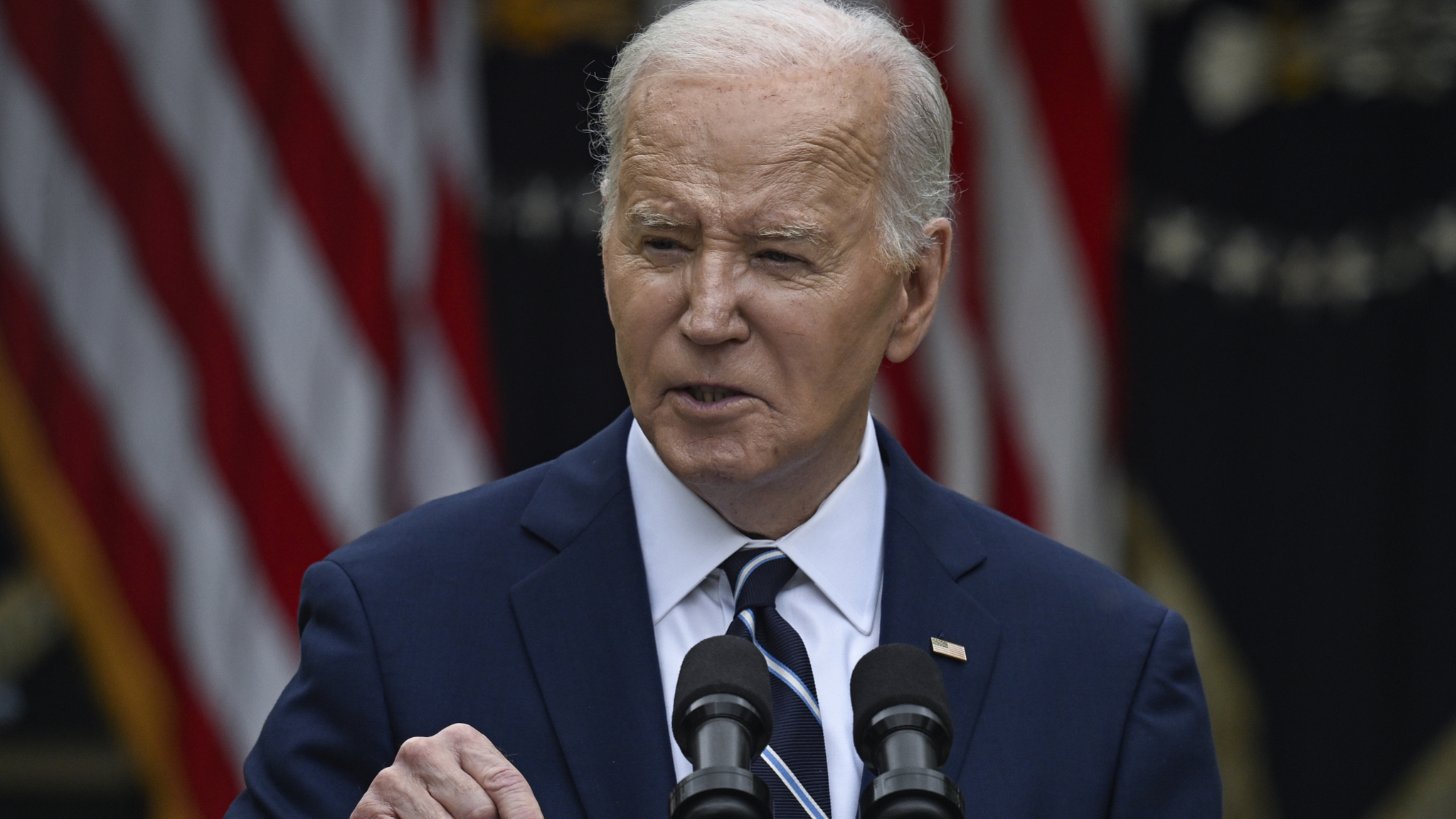 U.S. President Joe Biden delivers remarks on American Investments and Jobs in the Rose Garden at the White House in Washington D.C., May 14, 2024. /CFP
U.S. President Joe Biden delivers remarks on American Investments and Jobs in the Rose Garden at the White House in Washington D.C., May 14, 2024. /CFP 
